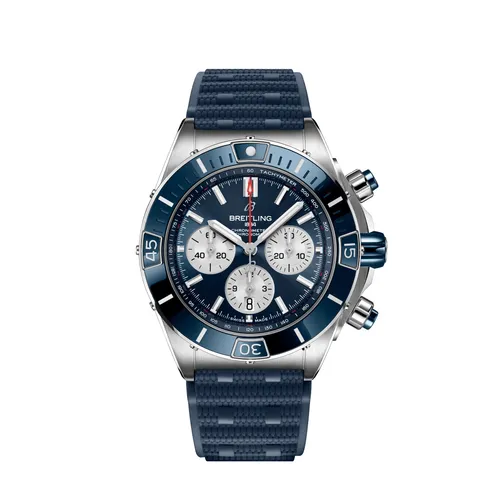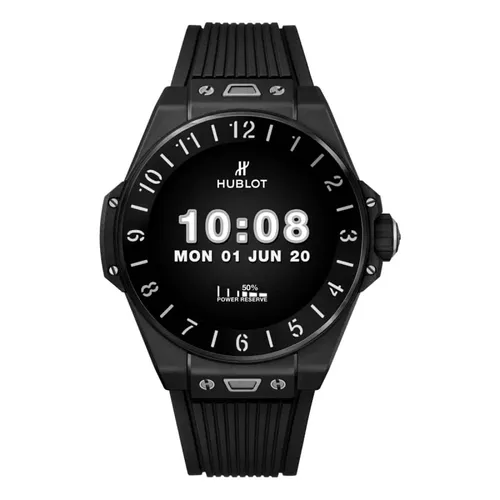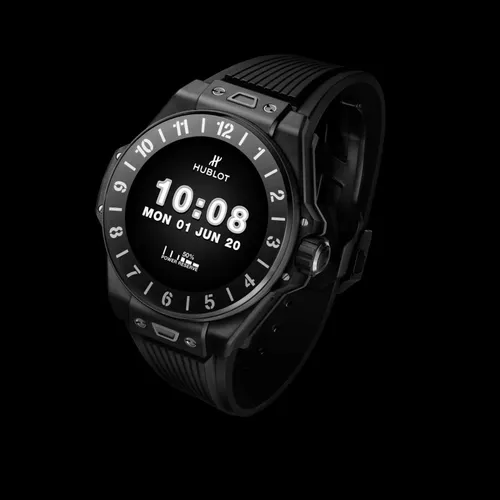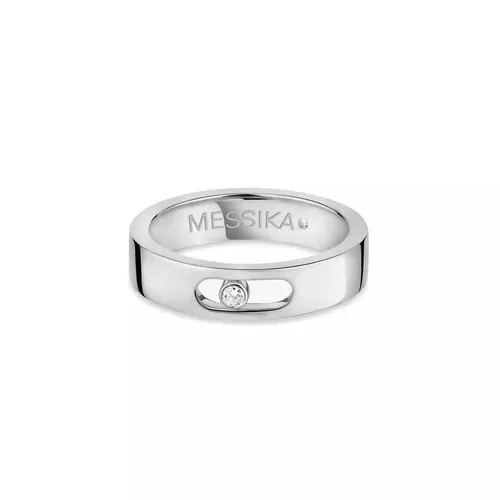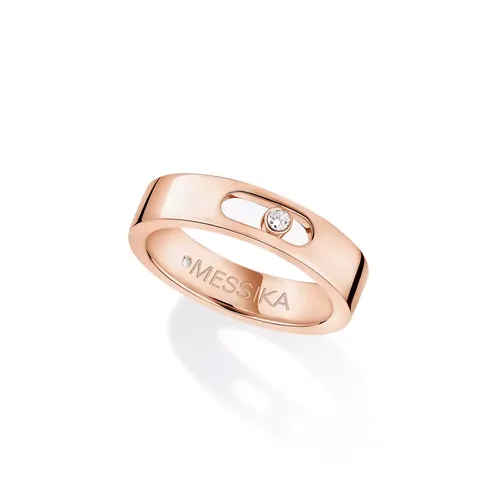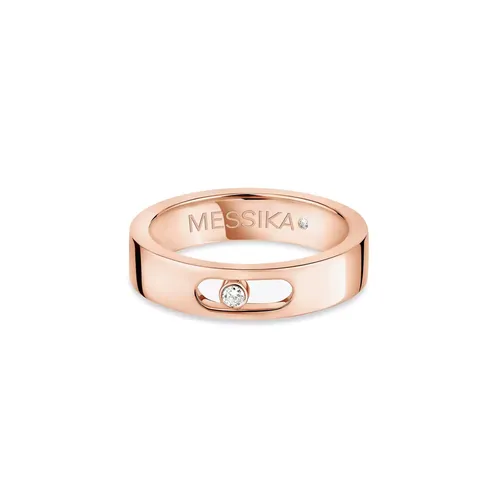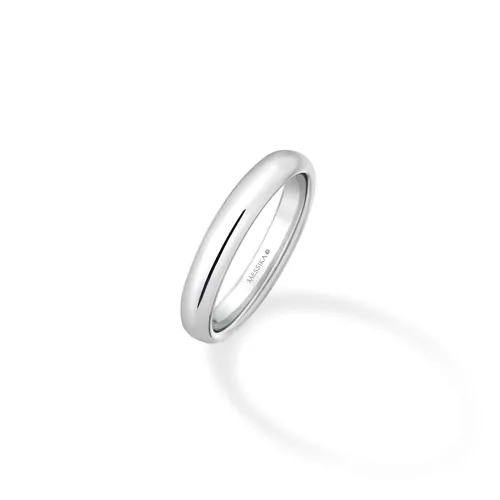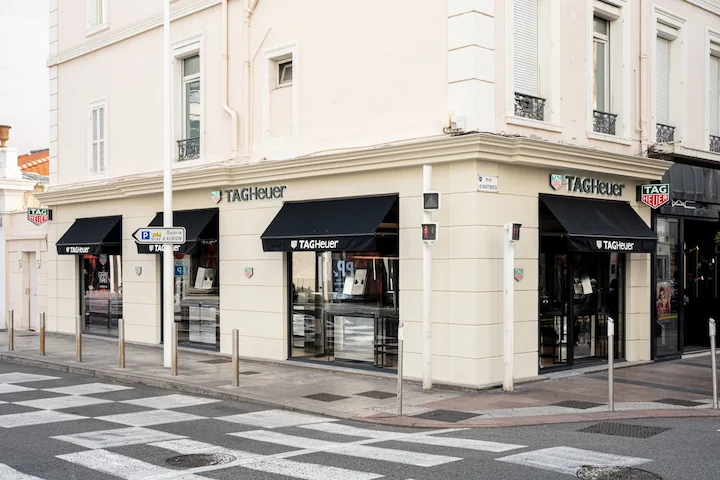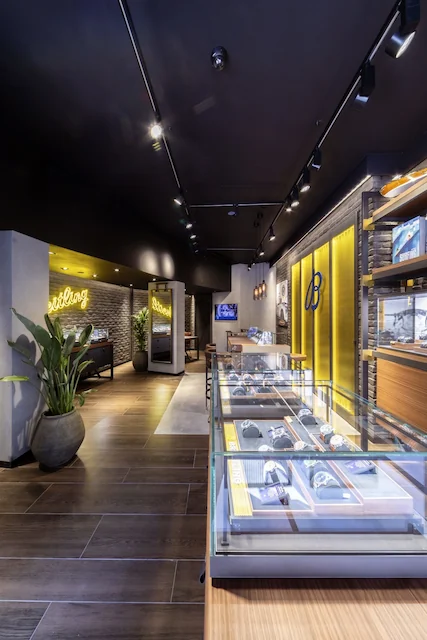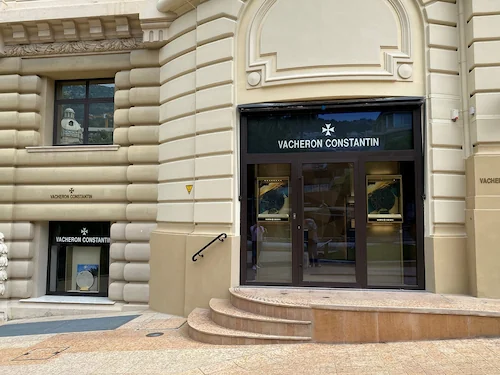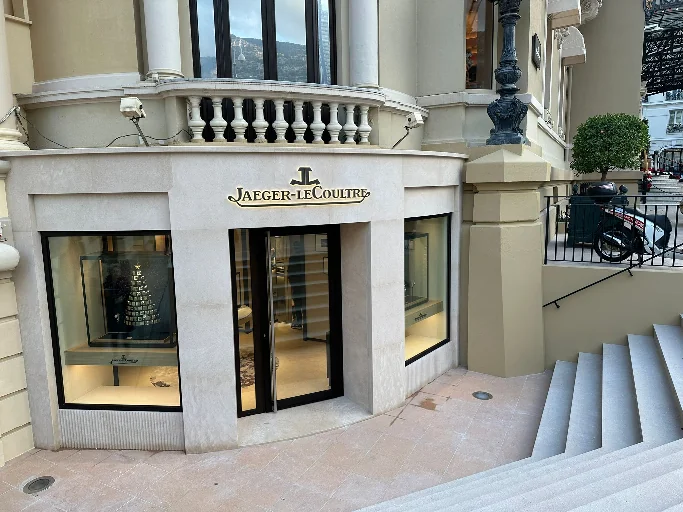Tudor
- Rolex
- All brands
-
Watches
![Tank Must de Cartier XL...]()
![Tank Must de Cartier XL...]()
Tank Must de Cartier XL Model Watch
41 mm steel case, self-winding movement, steel bracelet
5,800 €In stock![Santos-Dumont de Cartier...]()
![Santos-Dumont de Cartier...]()
Santos-Dumont de Cartier Watch Small Model
38 mm steel case, quartz movement, leather strap
4,700 €In stock![Breitling Super Chronomat...]()
![Breitling Super Chronomat...]()
Breitling Super Chronomat B01 44 watch
44 mm steel case, self-winding movement, rubber strap
10,000 €In stock![Omega Chronoscope...]()
![Omega Chronoscope...]()
Omega Chronoscope Chronograph Co-Axial Master Chronometer Watch
43 mm steel case, self-winding movement, leather strap10,000 €In stock![Omega Diver 300M...]()
![Omega Diver 300M...]()
Omega Diver 300M Chronograph Co-Axial Master Chronometer Watch
44 mm steel case, self-winding movement, rubber strap9,000 €In stock![Blancpain Fifty Fathoms...]()
![Paquet Auberi]()
Blancpain Fifty Fathoms Bathyscaphe Watch
43.6 mm ceramic case, self-winding movement, fabric strap14,850 €In stock -
Jewelry
![Messika Wedding Ring Size...]()
![Messika Wedding Ring Size...]()
Messika Wedding Ring Size 52 Diamond Paved Yellow Gold Move Joaillerie
yellow gold, white diamond
4,100 €In stock - Our stores
The Evolution of Cartier Watches Through the Decades

The Beginnings: A True Revolution
Although the Cartier house has existed since 1847, the brand’s watchmaking journey truly began in 1904 with the Santos, created for aviator Alberto Santos-Dumont. For the first time, a wristwatch designed for men emerged, breaking with the tradition of pocket watches. Its square case, visible screws, and leather strap made the Santos a bold creation.
Very quickly, the Santos became not only a professional tool but also an object of desire. The 1920s brought improvements in materials, water resistance, and greater precision, while the aesthetics remained faithful to the original spirit. Today, Santos models for men carry on this tradition of watchmaking excellence.

The Birth of the Tank: Modernist Elegance
In 1917, Louis Cartier drew inspiration from military tanks to design the Tank, a model that would become iconic over time. Its rectilinear lines, streamlined dial, and innovative brancards established a revolutionary design. Artists, aristocrats, and political leaders made the Tank their signature, contributing to its global renown.
Over the decades, variations followed: Tank Louis Cartier (1922), Tank Américaine (1989), and Tank Française (1996). Each reflected its era, integrating gold, steel, platinum, automatic or quartz movements, and even gem-set versions.
The Roaring Twenties and Avant-Gardism
Between the 1910s and 1930s, Cartier explored many creative directions. The Tonneau (1906), Baignoire (1912), and Tortue (1912) models highlighted the brand’s distinctive style: unexpected cases—sometimes rounded, elongated, or oval—that stood apart from contemporary production. During this period, the house also introduced the first panther motif on a watch and showcased invisible settings that enhanced precious stones.
Post-War Era and Democratization
Cartier emerged from the post-war years affirming a new creative freedom. The 1970s marked the arrival of more accessible collections, notably with the Tank Must, born of the quartz revolution. With its vermeil case (gold-plated silver) and colorful dials, the Tank became
democratized among a younger clientele. This was also the era of the reimagined Santos, in steel and gold, admired for its sporty-chic look and integrated bracelet. Collectors particularly appreciate Santos-Dumont models, which pay tribute to the pioneering aviator.
.jpg)
Feminine Icons and the Renewal of the 1980s
This decade saw the rise of the Panthère de Cartier, created to embody modern femininity. Featuring a supple integrated bracelet and often adorned with diamonds, the Panthère embraces the wrist like a piece of jewelry. Jeanne Toussaint, Cartier’s artistic director, infused each of these women’s watches with the spirit of the panther—a symbol of power and elegance for the brand.
During this time, Cartier also developed the Pasha, recognizable by its screw-down crown and protective grid, affirming both technical daring and the house’s distinctive design. The Pasha stands out for its sporty yet sophisticated allure, appealing to clients seeking originality.
The Contemporary Era: Innovations and Re-editions
The 1990s and 2000s confirmed Cartier’s stylistic diversification.The Ballon Bleu, launched in 2007, embodied this modernity: a round case, blue crown, comfortable wear, and new automatic calibers testified to the expertise of both Swiss and Parisian workshops. The Panthère made a strong comeback, modernized with watchmaking complications and innovative materials.
At the same time, the brand revisited historic models such as the Crash (1967)—inspired by a distorted watch—or the Tank Cintrée, in dialogue with the vintage trend appealing to collectors. The Ronde de Cartier watches also perpetuate this tradition of classic elegance with a pure, timeless shape.
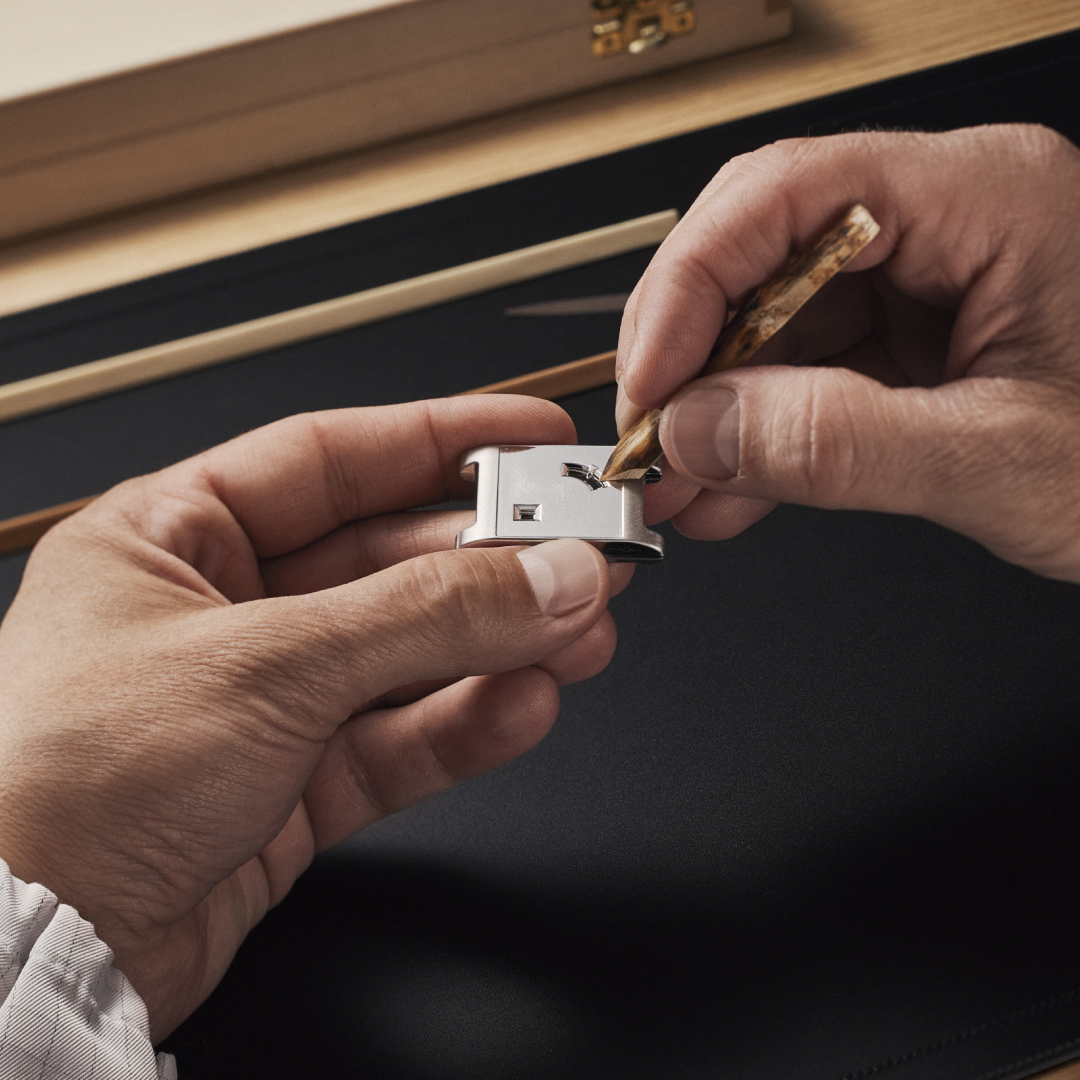
Technical Evolution and Contemporary Challenges
While aesthetics remain central, Cartier continuously innovates technically. In its workshops, the house develops in-house calibers and stands out in haute horlogerie with tourbillons, grand complications, and both automatic and manual winding movements. Tankautomatic models and Santos Skeleton pieces perfectly illustrate this technical excellence. The robustness, precision, and reliability of Cartier watches are ensured by rigorous testing and uncompromising quality standards.
Furthermore, material certification, lifecycle management of components, and a commitment to ethical production have become key. Today, Cartier is part of the Watch & Jewellery Initiative 2030, working toward responsible and sustainable watchmaking.
A Style Across Generations
Worn by icons such as Andy Warhol, Jackie Kennedy, Lady Diana, and Muhammad Ali, Cartier watches have established themselves as cultural accessories and legacies passed down through generations. A love of beauty, mastery of detail, and boldness of form make each watch a work of art that transcends fashion and time. Dedicated men’s collections and women’s collections reflect this stylistic diversity and the brand’s ability to meet the expectations of every era.

Cartier Watches at Auberi: Expertise and Heritage Value
At Auberi, we place Cartier’s most emblematic creations at the center of our selection. Santos, Tank, Panthère, Ballon Bleu… Our team of professional watchmakers guides collectors and enthusiasts in choosing their pieces, taking into account the stylistic and technical evolutions of each decade. Whether you are looking for a refined Tank Solo, a Santos for women, or a Tank for women, we have in-depth expertise across every collection.
In our workshops, we provide repair, maintenance, and restoration services for Cartier watches, with recognized expertise dedicated to one goal: enhancing your watchmaking heritage.
A Cartier watch is indeed a significant investment, both as a distinctive symbol and as a family treasure. This is why we offer our clients a complete range of Cartier watches—from historic models to limited editions, as well as the latest creations of the brand—available in our boutiques on the French Riviera.
The evolution of Cartier watches illustrates both the history of French luxury and an extraordinary ability to anticipate trends, reinvent itself, and conquer new markets. Through our Auberi collections, we are proud to accompany this exceptional saga, offering enthusiasts a unique experience that perpetuates Cartier’s genius and refinement at every stage of its history.
Découvrez cartier chez AUBERI


Tank Must de Cartier Large Model Watch
33 mm steel case, quartz movement, leather strap


Cartier Tank Must Watch, Large Model
33.7 mm steel case, quartz movement, leather strap


Tank Must de Cartier Small Model Watch
22 mm steel case, quartz movement, steel bracelet


Tank Must de Cartier Large Model Watch
25.5 mm steel case, quartz movement, steel bracelet
AUBERI MOMENTS

The 2009 Renaissance

Manufacturing Secrets : Cartier Watches

The impact of Cartier on the world of men's luxury









